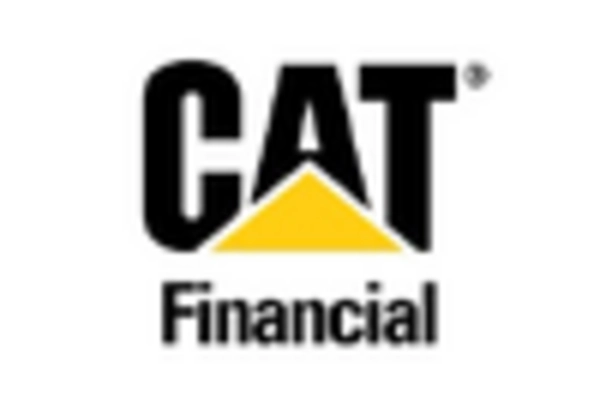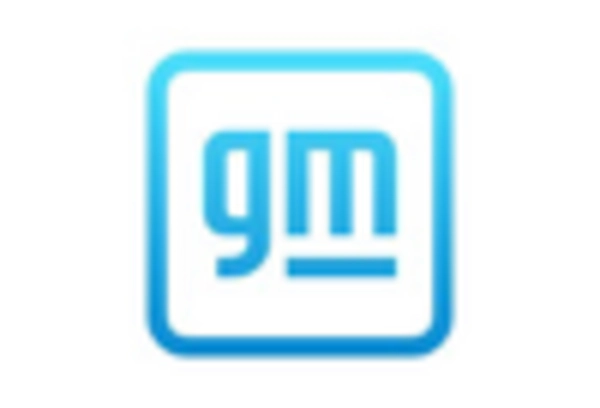The North America marine engines market is characterized by the presence of many North America, regional, and local vendors. The market is highly competitive, with all the players competing to gain maximum market share. Intense competition, frequent changes in government policies, and regulations are key factors that impact market growth. The vendors compete based on cost, product quality, reliability, and aftermarket services. The vendors must provide cost-efficient and high-quality marine engines to sustain their presence in an intensely competitive market environment.
Marine Engines Industry Developments
November 2023:Wabtec Corporation and Marinsa International, a Latin American Channel Partner, have signed a contract to supply primary power for ten new hybrid tractor tugboats for the Panama Canal Authority (ACP). Wabtec will provide each tugboat with two 8L250MDA marine engines under the terms of the contract. The marine engines will provide maximum availability at the lowest life-cycle cost to vessel operators.
July 2023:MAN Energy Solutions has announced that it will start developing retrofit solutions for medium-speed marine engines as part of a research collaboration with WTZ RoBlau gGmbh and TU Darmstadt.
In December 2023, Wärtsilä reported the introduction of four methanol engines on their portfolio, raising the bar in the industry. The engines, which included Wärtsilä 32, Wärtsilä 20, Wärtsilä 31, Wärtsilä 46F and Wärtsilä 46TS, were developed and operated to work on methanol fuel.
On February 27, 2023 Yamaha Motor Corporation Company announced that it would enhance its facilities to manufacture small marine engines in Japan with an investment of 83 million US dollars. The investment was made to refurbish some of the existing facilities and build a new facility.
In 2023 also, Healds Limited launched 3512E, for High-speed diesel engine for high-performance workboats for Caterpillar, Inc.
In 2023 also Healds Limited Partnered with Cummins Inc. for marine hydrogen fuel cell systems with Ballard Power.
In 2023, successful development has been reported by Hyundai Heavy Industries Co., LTD, of HiMSEN engines which met the IMO Tier III standards for the marine commercial vessels.
In April 2022, Bergen Engines AS and ex-Kongsberg Maritime AS agreed to a mutually beneficial contract for Kongsberg Maritime’s commercial marine sector engines, which includes exclusive distribution rights along with parts of the engine, which is the product of Bergen engines.
In March 2022, MAN Energy Solutions and the classification society DNV entered into a Memorandum of Understanding, which was signed during an online event. This facilitates cooperation between the parties for three years, effective immediately. Among other things, the parties to the memorandum will have concrete work plans on decarbonization, hydrogen economy, and digitalization.


















Leave a Comment